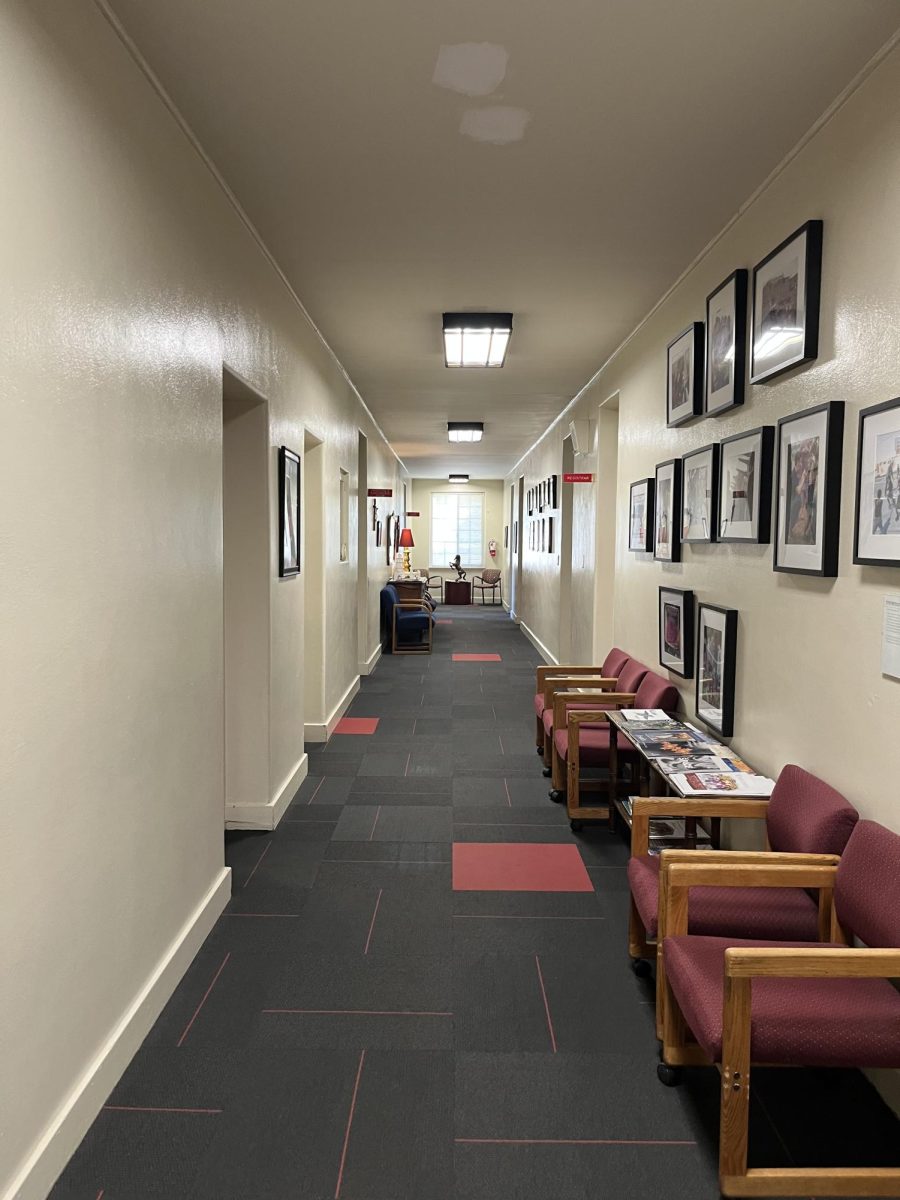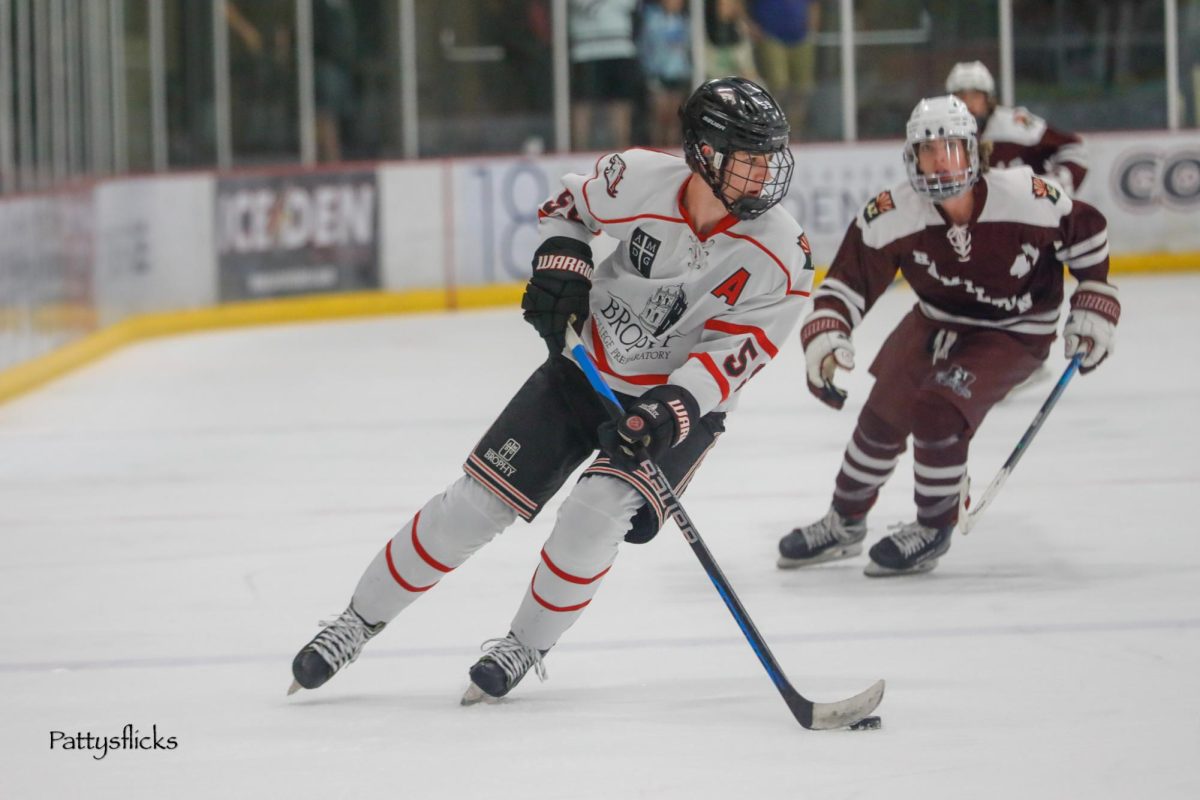By Christian Guerithault ’14
THE ROUNDUP

Many may think that The Roundup is just a newspaper that comes out once a month.
However, people don’t see what goes on in E331 every day of the week to make that happen.
The Roundup is primarily known for its paper edition that comes out each month, but people can also find us online on social media outlets such as Facebook and Twitter.
There are nine editors and 14 reporters and photographers in the journalism and photojournalism classes who work every day to make The Roundup what it is.
There are also many contributors outside of the classroom who help with photos and stories.
The process of creating the monthly paper starts with a “budget session,” a class period dedicated to students pitching new ideas for the upcoming edition.
When each student meets their quota of articles—a minimum of two per edition—we begin to formulate our plans on who we are going to interview and how we are going to structure our stories.
The editors set two deadlines, each about one week apart, so we can split up the due dates for articles so they do not all come in at one time.
When articles are sent in on their respective deadlines, they are distributed evenly among the editors for first edits.
The edits are then given back to the writers so they can make corrections and submit their articles for second edits.
The Roundup’s moderator, Mr. Mica Mulloy ’99, then reads over and edits the articles for a second time.
Once he returns second edits, the writers must then do corrections and send in their articles to be placed in a folder where they can be accessed for when it’s time to put them in the paper.
After all the articles are in their folders, “Late Night Layout” happens.
Late Night Layout is a day after school where The Roundup editors and some reporters come in right after period seven to start putting the articles on Adobe InDesign, a program to design the paper.
Late Night Layout goes from right after school to whenever we finish, sometimes around 7:00 p.m. or 8:00 p.m.
Once the articles are laid out, it’s time to print the newspaper for one last review.
We print out proof pages and every student in the class looks over each word of The Roundup ensuring that there are no mistakes.
After the final reads, the final revisions are made to the articles and then The Roundup is ready to be sent to the commercial printer.
We get around 1,200 copies of The Roundup about a week later, then it’s finally time to distribute the paper.
The Roundup may seem like only a monthly newspaper, but if you travel behind the scenes you can see that it’s much more.









